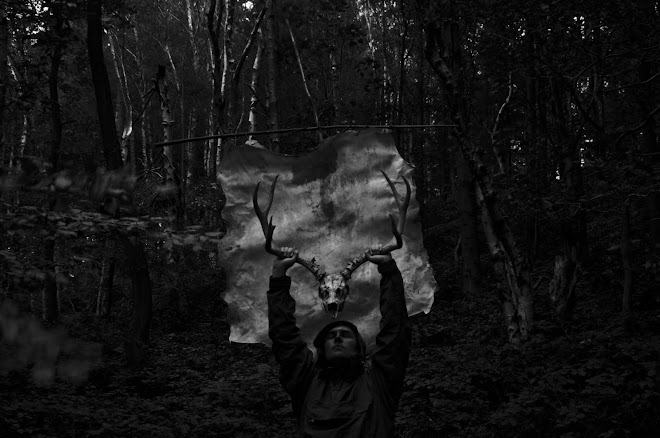skip to main |
skip to sidebar
Genius Loci: Lutra lutra





From the first I realised this place was a haven for otters and during my earlier visits under green filigrees of spring branches I have found spraint after spraint deposited on the deep mossy pillows along the side of the stream. Crumbling them in my hand I found the tiny translucent bones of fish, proof that the otters were predating the fish in this special, pristine upland beck.
In the upper reaches of the gill birch is the predominant species, bare and silvery in the autumn afternoon, their yellow leaves fluttering in a cold wind. Rowan and bilberry are also present, clinging to steep rocky walls and casting shadows in the water. As one progresses down the canyon sided stream birch gives way to oak, slowly and uneasily but inexorably until the pale yellow of the autumn birch is replaced by the dark rusty brown of the oak. These are not the tall stately oaks of parks and gardens. These oaks are twisted and gnarled into nightmare shapes, low gallows-branches reach out from stocky trunks. The holes and scares left by fallen limbs now homes for tawny owls and woodpeckers. Dried brown oak leaves rattle in the winds like the bones of a year almost dead. These are the trees of druidry and witchcraft. These are the groves of the mysteries.
Those few people who trouble themselves to find this place will see something that marks the midway point between the upper and lower gill – a spectacular waterfall hidden deep in the valley, surrounded by oaks and swathed in ferns and bilberry. At three or four metres high and maybe six or seven across the waterfall is not of the first order but it is a significant barrier to migrating fish and the wandering explorer. A thin path winding up the side of the gill, made perhaps by roe deer, otters or the scraggy hefted sheep that roam the moor is the only option. But if this waterfall marks the highest point that migrating fish can penetrate the gill what are the otters feeding on in the upper reaches of the valley? Their fresh globular spraint deposited on waterside rocks is testament to their presences beyond the falls – there must be enough to eat to make it worth their while to go that far. Crayfish? Amphibians? Slugs?







No comments:
Post a Comment